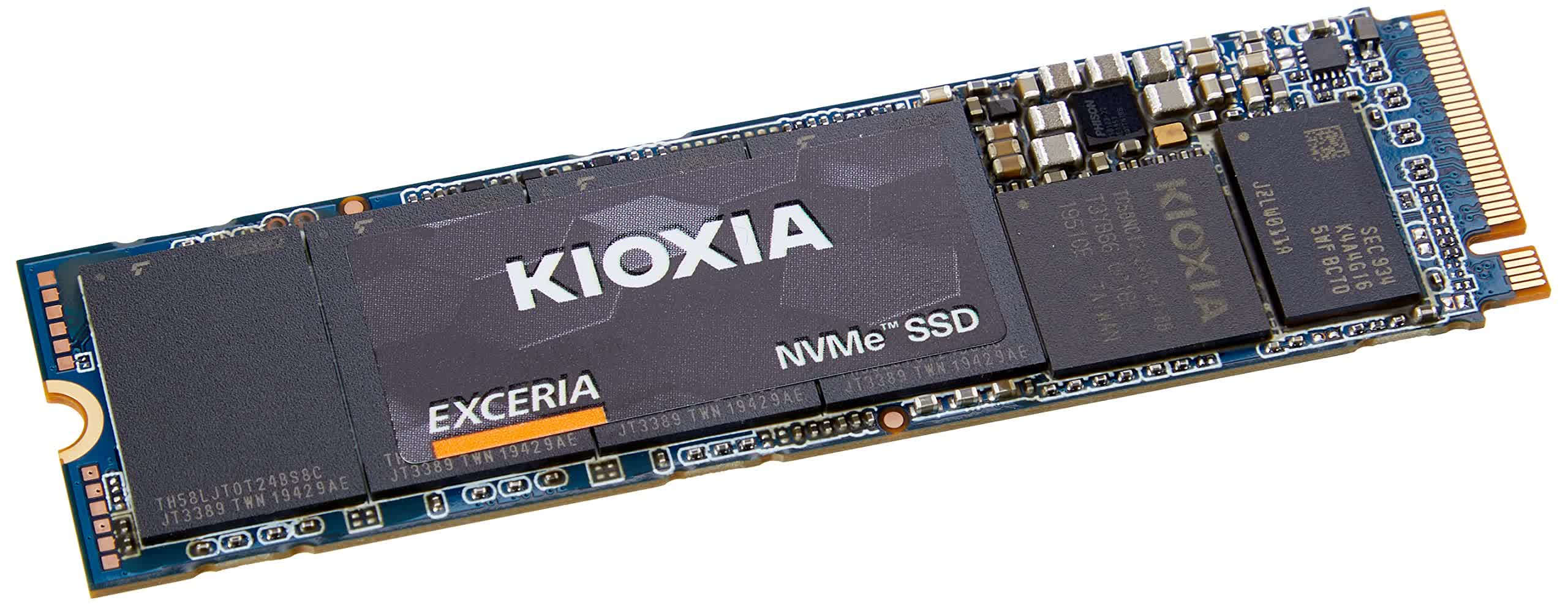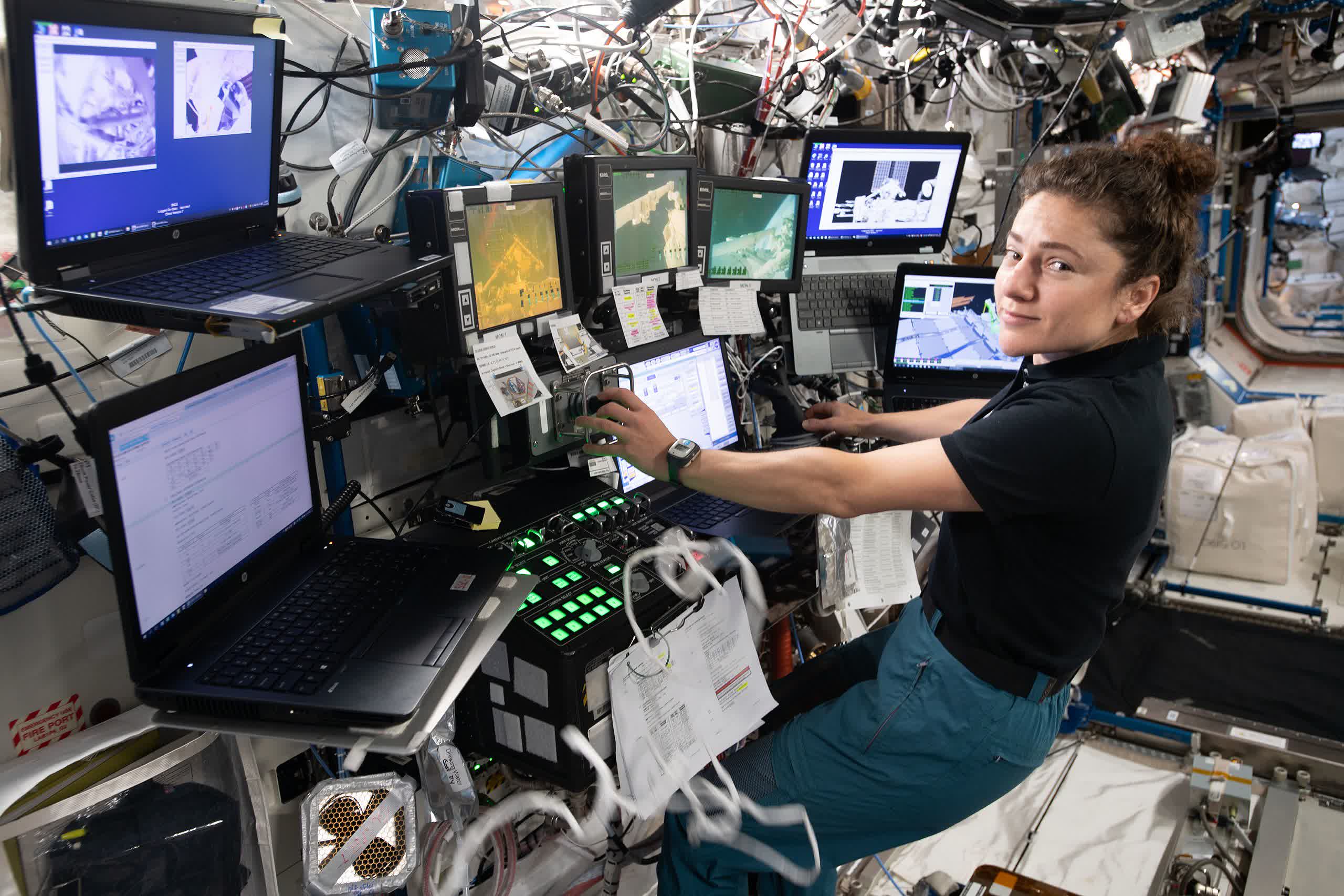In context: Kioxia was spun off from Toshiba in June 2018. In the early 1980s, while it was still part of the Japanese conglomerate, the company was credited with the invention of flash memory. Now Kioxia is bringing that very same storage technology into orbit.
Working in partnership with Hewlett Packard Enterprise (HPE), Kioxia recently sent more than 130 terabytes of SSD-based storage capacity to the International Space Station (ISS). The Japanese memory manufacturer equipped an updated HPE Spaceborne Computer-2 with multiple solid-state storage drives, providing robust flash storage and unprecedented computing capabilities to astronauts aboard the ISS.
The HPE Spaceborne Computer-2 is mostly based on commercial, off-the-shelf technology, Kioxia explained, providing high-performance computing (HPC) capabilities in space. Before the ISS could leverage its own "local" supercomputer, astronauts had to beam all the experimental data down to Earth for processing.
Thanks to the Kioxia-HPE partnership, ISS residents can now process and analyze data directly in situ with a 30,000x reduction in download size for surface research. The HPE Spaceborne Computer-2 was designed to perform various HPC experiment workloads in space, Kioxia explained, including healthcare, natural disaster recovery, 3D printing, 5G communications, AI, and so on.

Kioxia provided the entire data storage capability included in HPE's supercomputer, with a mix of enterprise-grade, SAS drives and conventional NVMe drives. The HPE Spaceborne Computer-2 includes eight 1 TB NVMe drives, four 960 GB "value" SAS SSDs, and four enterprise SAS SSDs with an individual capacity of 30.72 terabytes. The overall storage capacity exceeds 130 TB, Kioxia said, which is the most data storage to travel to the ISS in a single mission.
Kioxia highlights how solid-state storage drives are better than traditional magnetic hard disk drives for space-based missions, as they can better meet the power, performance and reliability requirements of "outer space." SSDs have no moving parts, and they are much faster than HDDs. Hard disks have proved their ability to work reliably in space in the past, but flash memory is of course a much better solution at this point.
Kioxia will monitor the flash memory aboard the Spaceborne Computer-2 daily, for the entire duration of the mission. Daily log files will be transmitted from the ISS to the surface, so that engineers can track and analyze the drives' health data to better understand how flash memory-based storage actually operates in space.
